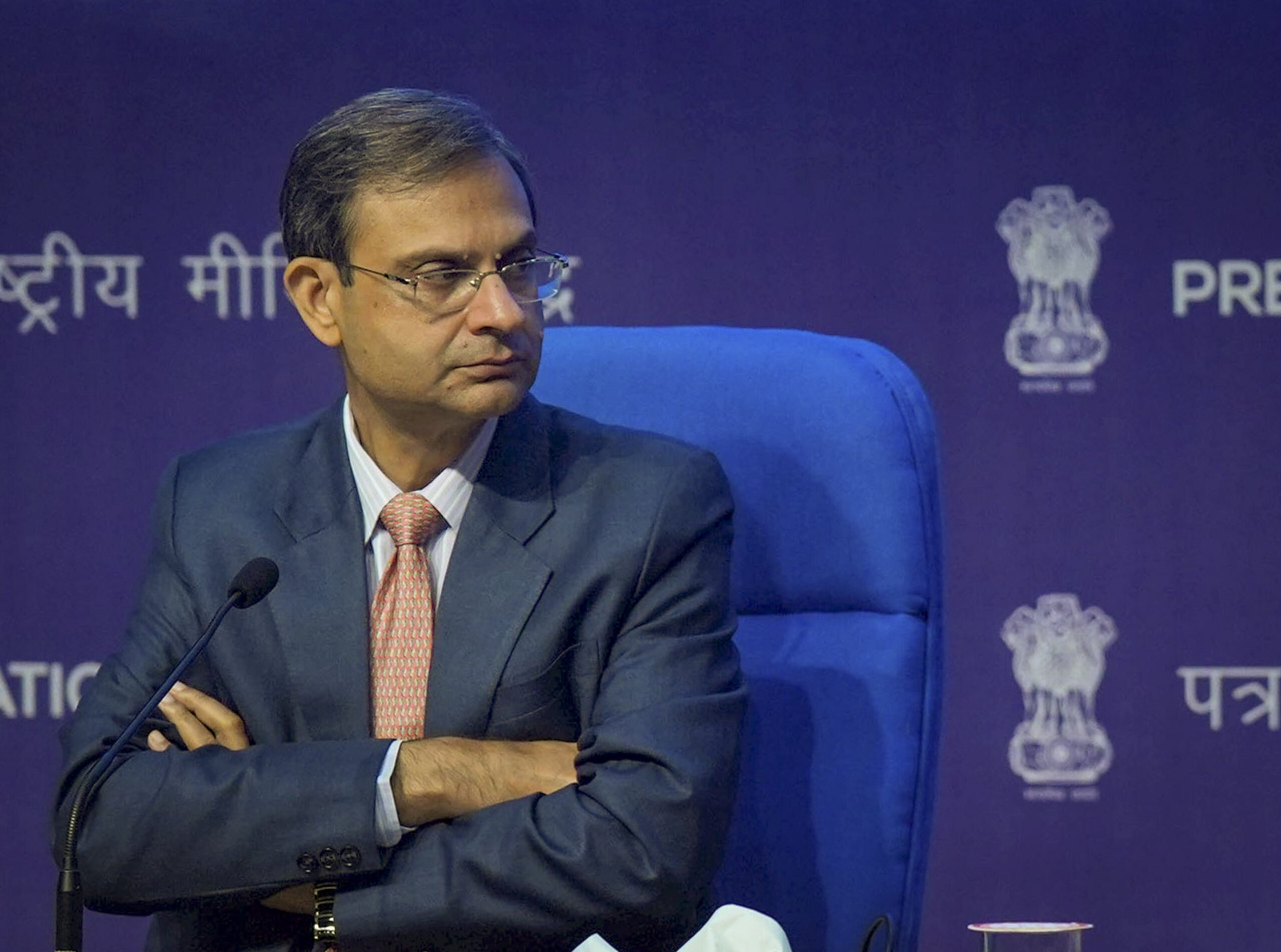- Saturday, April 12, 2025
High US tariffs will hurt billions of dollars of Indian exports across different sectors, including gems, jewellery and seafood

By: India Weekly
INDIA’s central bank cut interest rates on Wednesday as US president Donald Trump’s tariffs kicked in and policymakers warned of “challenging global economic conditions”.
The cut, the second this year, aims to boost a slowing economy grappling with the impact Trump’s sweeping tariffs.
The Reserve Bank of India (RBI) said the benchmark repo rate, the level at which it lends to commercial banks, would be reduced by 25 basis points to 6 per cent.
The central bank’s decision was announced the same day Trump’s 26 per cent tariff for the world’s most populous nation came into effect.
Easing inflation concerns over the last few months have allowed the RBI to focus on perking up the Indian economy, whose growth has slowed in the last few quarters.
Trump’s protectionist trade policies will likely add to growth pressures and present a challenge for Indian policymakers.
While India is not a manufacturing powerhouse, experts believe that high US tariffs will hurt billions of dollars of Indian exports across different sectors, including gems, jewellery and seafood.
‘Uncertainties’
Economists project that Trump’s tariffs drive will impact India’s GDP growth, with analysts at Goldman Sachs reducing their forecast for the current fiscal year from 6.3 to 6.1 per cent.
The RBI was more cautious on Wednesday, downgrading its GDP growth projection for the current financial year from 6.7 per cent to 6.5 per cent.
The central bank’s monetary policy committee (MPC) said that “recent trade tariff related measures” had “exacerbated uncertainties” and clouded the “economic outlook across regions”.
“In such challenging global economic conditions, the benign inflation and moderate growth outlook demands that the MPC continues to support growth,” it added in a statement.
RBI governor Sanjay Malhotra, speaking in the financial capital Mumbai, said the “dent on global growth due to trade frictions will impede domestic growth”.
“The year has begun on an anxious note for the global economy,” he said. “Some of the concerns on trade frictions are coming true, unsettling the global community.”
Malhotra added that “several known unknowns”, including the impact of relative tariffs, made the “quantification of the adverse impact difficult”.
‘Headwinds’
India’s central bank cut interest rates for the first time in nearly five years in February 2024, as it sought to boost an economy that has been weighed down by muted urban consumer sentiment, a sluggish manufacturing sector and lower government expenditure.
The Indian economy is projected to grow at its slowest pace since the Covid-19 pandemic and down from 9.2 per cent in 2023-24.
New Delhi has responded cautiously to Trump’s chaotic trade policies so far.
The Department of Commerce said last week it was examining both “implications” and “opportunities” after rival manufacturing competitors were harder hit by Trump’s hike in duties.
New Delhi and Washington are currently negotiating a bilateral trade agreement, the first tranche of which they hope to finalise by this autumn.
Shilan Shah from Capital Economics said that the “RBI decision had come as “no surprise given the recent sharp drop in inflation and the headwinds from US tariffs”.
Shah added that further rate cuts would be expected with the “uncertainty around US trade policy set to rumble on and inflation looking contained”. (AFP)